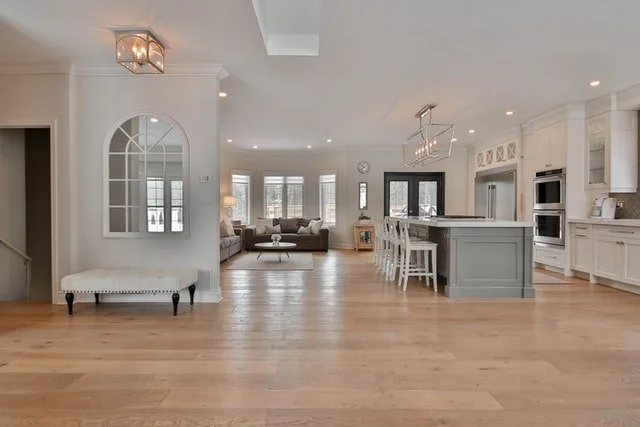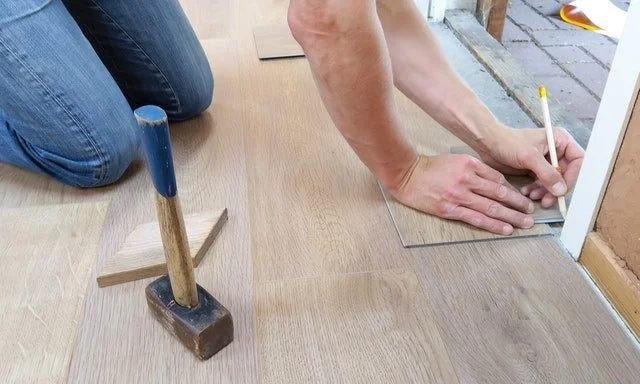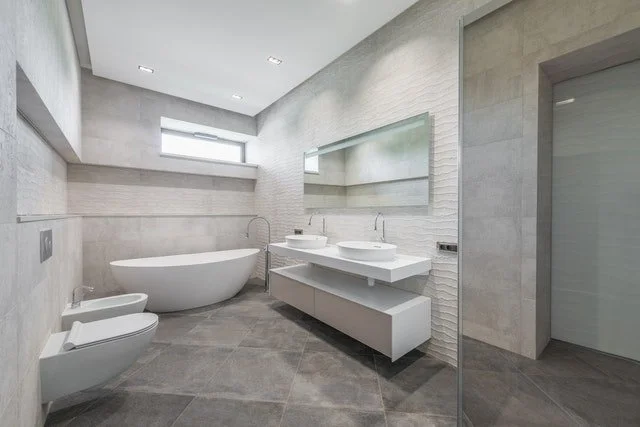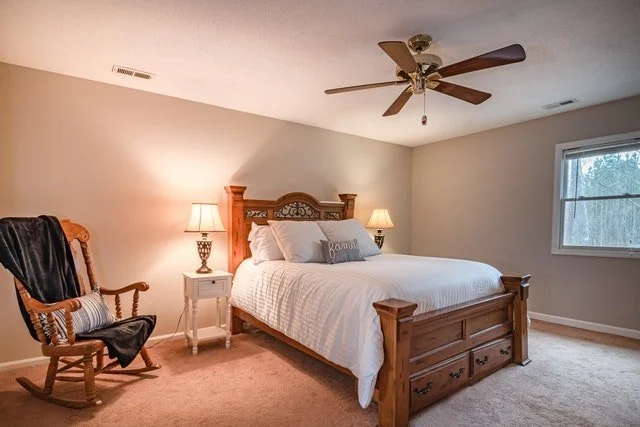How to Choose the Right Flooring Option for Your Home
The flooring you choose for your home will impact its functionality and aesthetics. Moreover, there are factors such as durability, moisture, and cost that you should consider when you choose the right flooring option for your home. Not to add that selecting the ideal flooring should be done right from the first try. Floors are not that easy or cheap to replace too often, and you will have to live with your choice for some time. As a result, we have compiled a list of things to think about while choosing flooring to ensure that you make the best decision possible.
1. Space
If you are preparing to move into a new home, one of the first home renovations to make is to change the flooring. All of the rooms in the house are empty, allowing you to take more precise measurements. And this is an essential aspect if you are doing the renovation on your own. Furthermore, always double-check your measurements. It will guarantee that you buy enough material for the whole room. Otherwise, you will have to purchase more supplies, which are likely to be more expensive if bought in smaller quantities, and you will waste time.
Additionally, based on the size of the room, you can choose the color of the flooring. Flooring functions in the same way as wall paint does, and it can help you open up a small area and make it feel larger. Therefore, choose lighter colors to add space and darker tones to add warmth. We also recommend getting some samples of the flooring you prefer and placing them in the rooms. That way, you can see if they fit in with the rest of the room’s design and furnishings that you will use there.
2. Durability
Do you have children or own pets? Even if it might not seem relevant, you need to choose the right flooring option for your home based on the answer to that question. Floors will get worn-out more quickly if pets and kids are around. They often cause dents and scratches on the surface of the flooring, so you need floors with high durability.
The same goes for high-traffic areas such as hallways, kitchens, and bathrooms. Not to mention that if you like to rearrange furniture often, pushing and pulling large objects across the floor can have a toll on it. As a result, you will need flooring that can withstand rougher treatments. Or, when it comes to moving furniture, take the advice of the experts from number1movers.ca and use moving straps, furniture sliders, or furniture dollies. That way, you will avoid leaving unwanted marks on your beautiful floors.
3. Functionality
When it comes to functionality, the flooring in your kitchen cannot be the same as the one in your bedroom. First of all, your bedroom is not predisposed to heavy footfall as your kitchen is. In comparison to the bedroom, the kitchen is used by everyone in your house several times a day. Second, the kitchen flooring encounters spills and stains frequently. As a result, you need your kitchen floors to be easy to clean and resistant.
Additionally, you will need specific flooring in your bathroom. Bathrooms have high humidity and fluctuating temperatures, so you need to choose floors that can handle these conditions. As a result, to avoid making bathroom renovation mistakes, pick materials that are resilient, waterproof, and non-slippery.
4. Budget
Never start a renovation in your home without having a budget set. It can lead to several problems, which might cause your renovation to slow down or even come to a halt. Instead, make a plan, put everything on paper, and calculate the cost of every aspect. Then, do some research to find out the prices for everything you need. Do internet research, visit showrooms, and ask friends and family for recommendations. Look for material suppliers who have a reputation for providing quality products at reasonable prices.
In addition, if you discover that you can’t afford all the materials you need, don’t make compromises and buy cheaper ones. Better wait and start the renovation when you can afford it. Using longer-lasting materials is safer and more cost-effective. And it is the same when you are moving or storing items and using packing materials. If you use cheap materials, fragile items can be damaged. So, be careful with this task and choose only the materials recommended for packing fragile items.
5. Type
When it comes to choosing the right flooring option for your home, design plays a role. And in addition to all of the factors mentioned previously, your personal preferences also count. As a result, we can now discuss some of the types of flooring available.
Vinyl
Vinyl flooring is resilient, flexible, and softer than other materials. You can choose the cushioned one that is more pleasant for walking. Or, you can have the textured one that looks like wood or stone. You can buy it in sheets that you can cut to size or in pre-cut pieces that click into place like wood flooring. Vinyl withstands moisture, stains, and traffic. It is easy to install and can last for many years. Furthermore, it comes in many colors and patterns, and it’s one of the least expensive flooring types. Vinyl comes to good use in kitchens, bathrooms, mudrooms, and basements.
Linoleum
This type of flooring was popular in the 1940s, but vinyl quickly overtook it. However, unlike vinyl, linoleum is made out of natural and renewable materials, making it more eco-friendly. You can find linoleum in sheets, planks, or tiles that are easy to install. It is easy to clean, more resilient to scratches, and can last up to 40 years. It comes in a wide range of colors and is ideal for bedrooms, kitchens, or family rooms.
Carpet
Carpet is a flexible flooring choice, available in many colors and patterns. You can find carpets made out of wool, polyester, nylon, and other materials and in different thicknesses. It is warm and soft for walking, but it's harder to clean. It also has a shorter lifespan than other flooring options and can contain allergens. Carpet is best used in living rooms and bedrooms, but it can be a good choice for outdoor spaces if made from polypropylene.
Ceramic tiles
Tiles come in a wide range of colors, patterns, and shapes. Terracotta, stone, porcelain, or glazed ceramic tiles are some varieties available. You can easily install the tiles and match them to the design of any room. They are easy to clean and can withstand scratches, dents, and moisture. Unfortunately, the tiles are cold and hard to walk on barefoot, and some types are slippery. However, they are affordable, and you can use them in mudrooms, kitchens, bathrooms, or laundry rooms.
Hardwood
For decades, this has been one of the most popular flooring options. Hardwood is long-lasting, looks great in any room, and is easy to clean. You can find it in stripes or planks and from different types of wood. It’s easy to install and can raise the value of your home considerably. Unfortunately, hardwood floors are not resistant to moisture and temperature changes and can suffer scratches and dents. However, you can successfully use them in living rooms, bedrooms, dining rooms, halls, or family rooms.
Bottom line
Ensuring you choose the right flooring option for your home is more complicated than picking the most beautiful or the cheapest option. It would be best to consider factors like moisture, durability, maintenance, functionality, or cost. And because a new floor is quite an investment, you should balance your needs with your taste. However, if you have trouble deciding on the proper flooring, consider hiring a home renovation company. Experts in renovations can complete your renovation to the highest professional standards.
Metadata Description: Do you want to know how to choose the right flooring option for your home? Here are some tips on how to ensure you make the right decision.




